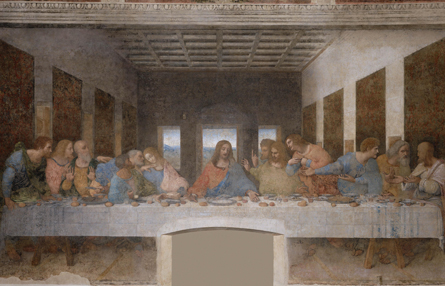- More than 2 years ago
Leonardo da Vinci’s painting the Last Supper survived bombings during World War II and exposure to some of the worst air pollution in Europe. But threats to the famous artwork loom, particularly from compounds wafting off the skin of visiting tourists.

An international team of scientists sampled particles in the air immediately outside and within the refectory of Santa Maria delle Grazie Church in Milan, where da Vinci painted the mural in the 1490s. A recently installed ventilation system at the church’s entrance is protecting the painting from soot and other emission-related debris.
But inside the refectory were surprisingly high levels of squalanes, carbon compounds naturally emitted from plants, human skin and cosmetics and lotions, the researchers report in an upcoming Environmental Science & Technology. There are no plants inside, which pinpoints visitors as the source, says environmental engineer Nancy Daher of the University of Southern California in Los Angeles.
The scientists also detected fatty acids, perhaps from waxes used in early restorations of the painting. Compounds such as squalanes and fatty acids glom onto dust and can stick to and soil the artwork. Dealing with the dust may contain the problem; otherwise, tourists may have to wash their hands before seeing the supper.







